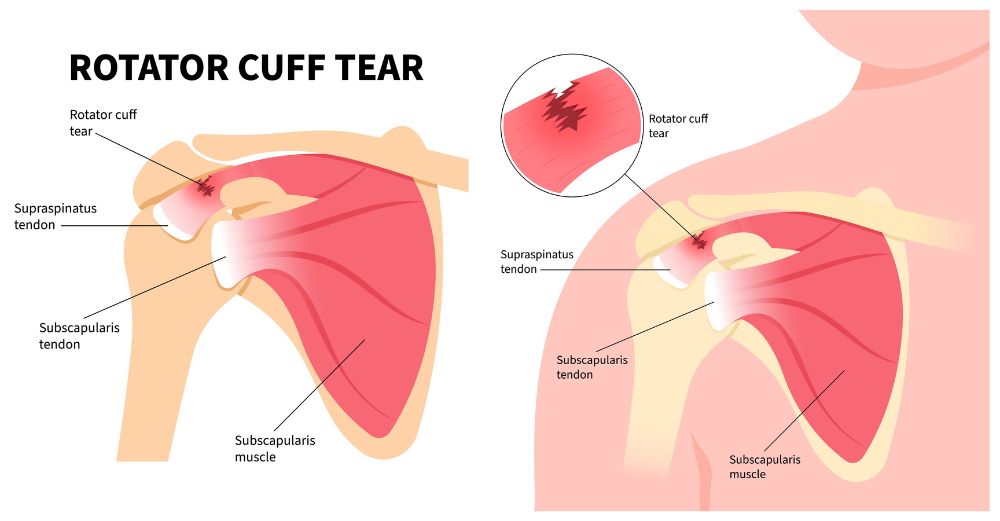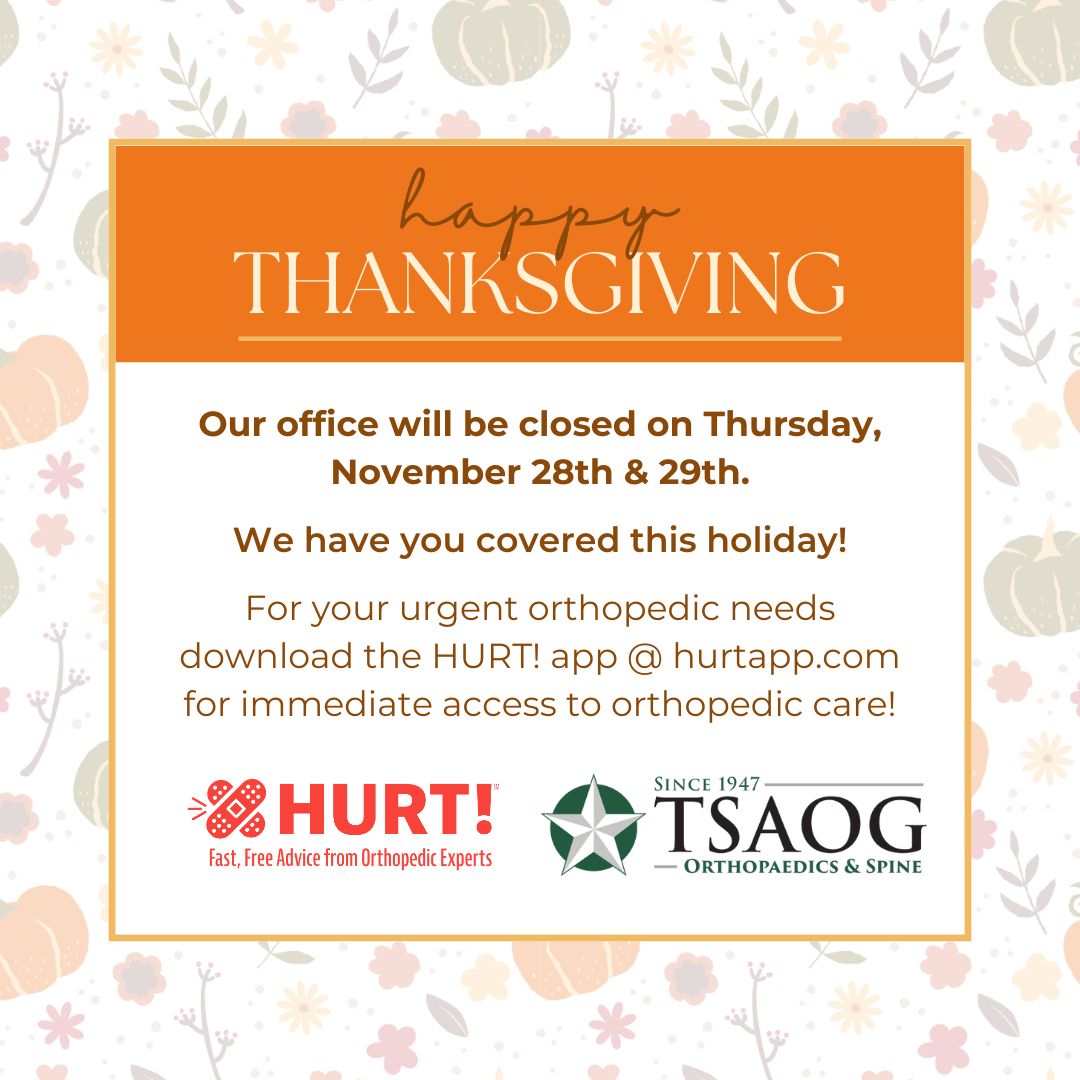Living with shoulder pain can be frustrating, often interfering with your daily activities and limiting your ability to move freely. Shoulder arthroscopy offers a minimally invasive solution for individuals suffering from persistent discomfort or shoulder injuries. This advanced surgical technique has become a go-to option for addressing various shoulder problems efficiently and effectively. At TSAOG Orthopaedics & Spine, we’re dedicated to helping patients restore mobility and improve their quality of life. Here’s a comprehensive look at shoulder arthroscopy, from its benefits to recovery expectations.
Shoulder Arthroscopy, Explained
Shoulder arthroscopy is a minimally invasive procedure designed to both diagnose and treat various shoulder conditions. Unlike traditional open surgery, this technique involves using an arthroscope, a small camera inserted into the joint through tiny incisions. The arthroscope provides a detailed view of the shoulder’s internal structures, allowing the surgeon to diagnose issues and perform precise repairs using specialized instruments.
This procedure is commonly used to treat conditions such as:
- Rotator Cuff Tears
- Labral Tears
- Shoulder Impingement Syndrome
- Frozen Shoulder (adhesive capsulitis)
- Arthritis or Inflammation
- Shoulder Instability
- Shoulder Fractures
- Shoulder Infection
Who is a Candidate for Shoulder Arthroscopy?
Not all shoulder problems require arthroscopy. This procedure is typically recommended for individuals who have chronic shoulder pain that hasn’t improved with non-surgical treatments like physical therapy, medications, or injections, as well as people who have an injury or condition, such as a torn rotator cuff or labrum, that can be addressed arthroscopically.
During a consultation, your orthopedic surgeon will evaluate your condition, review your medical history, and discuss your goals to determine if shoulder arthroscopy is right for you.
What Does a Shoulder Arthroscopy Procedure Look Like?
Shoulder arthroscopy is usually performed as an outpatient procedure under general or regional anesthesia. Here’s what you can expect:
- Preparation: The shoulder is positioned to allow clear access to the joint. Sterile fluid is injected to expand the space and improve visibility.
- Arthroscope Insertion: Small incisions are made to insert the arthroscope and other surgical tools. The camera transmits high-definition images to a monitor, guiding the surgeon’s movements.
- Diagnosis and Repair: The surgeon identifies the problem and uses specialized instruments to repair the issue.
- Closure: Once the procedure is complete, the incisions are closed with sutures or adhesive strips, and a dressing is applied.
The entire procedure typically takes less than an hour, depending on the complexity of the issue being treated.
Benefits of Shoulder Arthroscopy
Minimally Invasive
Unlike open surgery, arthroscopy requires only small incisions, resulting in less pain, reduced scarring, and quicker recovery. This approach also minimizes disruption to healthy tissues, helping patients regain mobility faster.
Precise Diagnosis and Treatment
The high-definition images provided by the arthroscope allow surgeons to accurately diagnose and treat shoulder issues that may not be visible through imaging tests. This precision ensures targeted repairs, reducing the likelihood of additional interventions.
Faster Recovery
Because it is less invasive, shoulder arthroscopy typically involves shorter recovery times compared to traditional surgery. Many patients return to their daily activities and routines more quickly, enhancing overall satisfaction with the procedure.
Lower Risk of Complications
Smaller incisions and advanced techniques reduce the risk of infection, bleeding, and other surgical complications, making shoulder arthroscopy a safer option for many patients, especially those with underlying health concerns.
Improved Outcomes
Patients often experience improved shoulder function and long-term relief after arthroscopy. This allows them to resume physical activities, sports, or work demands with confidence and ease.
Shoulder Arthroscopy Recovery Time
It can take several weeks to months for your shoulder joint to fully heal after arthroscopy. During the initial weeks, you may experience some pain and swelling. Recovery from shoulder arthroscopy varies depending on the specific procedure performed and individual factors like age, overall health, and adherence to post-operative care. Most patients can expect a gradual return to normal activities, starting with light movement and progressing to full strength and mobility over time. Physical therapy plays a crucial role in the recovery process, helping to restore range of motion and rebuild muscle strength. Your surgeon will provide personalized guidelines to ensure a safe and effective recovery, tailored to your unique needs and goals.
Discover Your Shoulder Treatment Options at TSAOG
If shoulder pain impacts your daily life, TSAOG Orthopaedics & Spine is here to help. At TSAOG Orthopaedics & Spine’s Shoulder & Elbow Institute, our skilled surgeons are dedicated to addressing any condition or injury impacting your shoulder or elbow. Specializing in both surgical and non-surgical treatments, we focus on restoring function and improving your quality of life. Your health is our priority, which is why we’ve developed a comprehensive Total Care approach to ensure you receive the best possible outcome.
If you’re unsure if shoulder arthroscopy is the right next step for your health, contact us today to schedule a consultation at one of our San Antonio offices to learn more about your shoulder treatment options.















